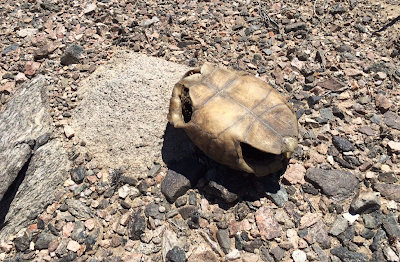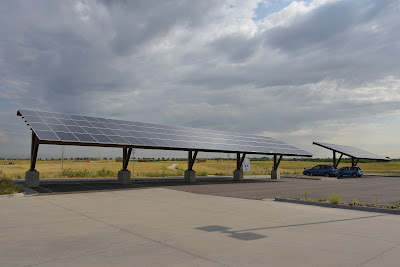Suburban Sprawl Continues Creep Across Desert
The revival of the housing market has renewed a perennial threat to desert wildlands - urban sprawl. Developers are considering plans for large new suburban developments across the southwest, years after such large developments mostly stalled when the housing industry began to crash in 2006. At a time when most of our efforts have been focused on protecting public lands from industrial-scale development, urban sprawl underscores the need for local efforts to protect open space under private ownership. The NASA video above shows the extent of Las Vegas' urban sprawl since 1972. Along the Mojave River in California, the Tapestry project could result in the destruction of nearly 9 square miles of juniper woodland and chaparral habitat in the Summit Valley to make way for at least 16,196 homes. The area is popular for hiking, jogging, and mountain bike riding. During environmental surveys, biologists observed or detected western pond turtles, coastal horne...









